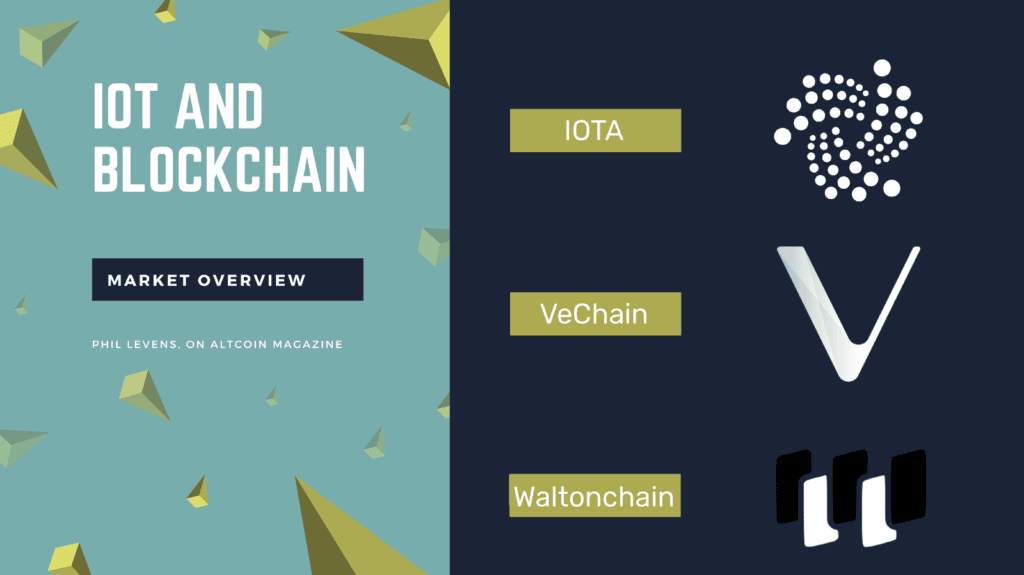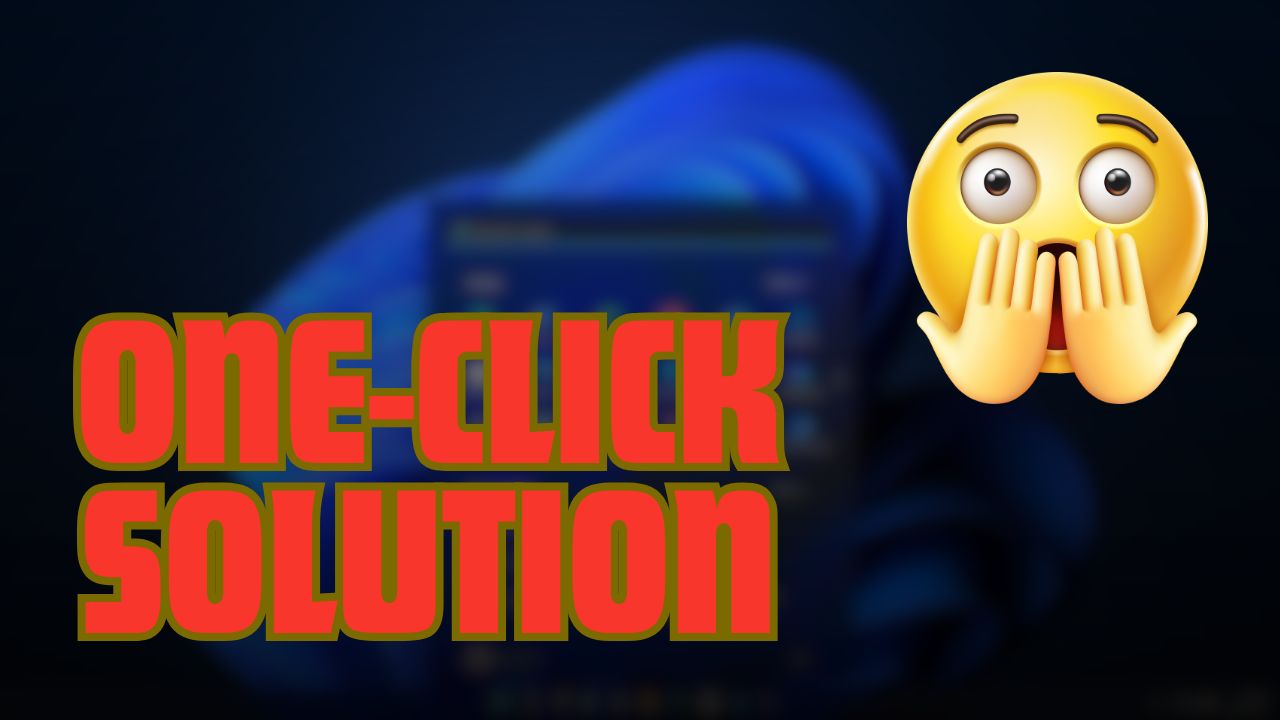Internet of things (IoT) and blockchain technology are both considered disruptive technologies in their own right. They can be invincible when brought together.
According to IoTAgenda, “Following a compound annual growth rate of 52%, it’s expected that capital markets applications for blockchain technology will reach a value of $400 million by 2019. On top of that, by 2020 a fifth of IoT deployments will use blockchain services.”

Security is one of the most critical reasons why blockchain technology is gaining popularity. By removing the central authority in IoT networks, blockchain can reduce the risk of IoT devices getting compromised by a single point of security failure.
The security and transparency of blockchain technologies can boost data security, improve efficiency, and reduce management costs for IoT.
Concerns with IoT
Despite its landmark journey in the world of digital technology, IoT has a long way to go in terms of getting bigger and better. It still comes with pesky concerns about its ability to secure devices that connect to the internet.
In fact, such devices have already given rise to several cyber catastrophes such as the cyberattack on Dyn, an internet routing company, in October 2016. Dyn had to take down over 80 popular websites, which hampered internet traffic across the U.S.
According to a security overview by Accenture, “The urgency for viable IoT security solutions grows by the day. At front-of-mind for many businesses and government leaders lies the same, nagging question: What do we need to do to secure the IoT?” This reiterates that if enterprise IoT companies want people to keep using IoT devices, then they will have to upgrade their infrastructure and plug security-related gaps.
Further, the IoT needs to be able to expand its capabilities to ensure high-speed and reliable connections across devices at all times. The expectation is simple: internet breakdown in one place should not affect ongoing processes elsewhere. While your Amazon Echo temporarily losing connectivity may not be much of an issue, a fleet of self-driving cars losing signal for even a second can result in a major crisis.
Enter Blockchain Technology
Blockchain is defined as, “a type of distributed ledger for maintaining a permanent and tamper-proof record of transactional data.” Simply put, it is akin to a computer database which is stored at different places at once that records transactions.
The great thing about it is that the records can never be changed or deleted and each transaction must come with a digital signature. Thanks to this, the blockchain is used to secure the most valuable cryptocurrencies in the world.
The blockchain’s embedded smart contracts and decentralized networks are considered the perfect answer to IoT security woes. So, even though centralized servers are compromised for any reason, the blockchain spreads that risk across multiple servers across the world.
What’s more?
The blockchain also ensures continuous connectivity on internet-powered devices because a breakdown in one area has no bearings on the other. Hence, services are not hampered. Think of it as the way electronic components in an electric circuit would function – they have to work in tandem for the device to function. The blockchain does the same job.
However, the blockchain needs to be easy enough to program into devices that have limited space and processing capacity. Further, ways to communicate and certify updates will have to be streamlined to convey messages from hackers. Blockchain developers will need to keep finding better ways to make IoT secure and reliable.
The Perfect Marriage
The blockchain and IoT alliance can be a successful one as together, they form a secure and permanent means of recording information processed by machines powered by the IoT.
Here are some of the advantages that come with the marriage of IoT and blockchain:
Seamless Recording of Transactions
Everyone on the planet uses the internet. Hundreds of thousands of online data transactions take place on a daily basis between multiple networks owned and/or administered by several organizations. It is, therefore, pertinent to maintain a permanent and indisputable record of these transactions so that the ownership of the data can be tracked.
This is possible because blockchain records are transparent in nature. Movement of data can be tracked and evaluated by anyone to connect to the network. Should something go wrong and a breakdown occurs or data leaks, then this blockchain feature will swing into action, identify the point of collapse and even fix it without any duplication.
It will take only a few seconds to ensure that all transactions are verified, cleared and stored in a block that is interlinked to pre-existing data, thereby creating a chain. It is mandatory for every block to refer to the one before itself and provide validity to it. So, if somebody wants to manipulate or steal your data online, they would have to rewrite the data’s entire history on the blockchain. This kind of an arrangement permanently timestamps and stores exchanges of value, thereby making it almost impossible to meddle with the ledger.
In fact, innovators are using this digital storage or ledger to record anything of value – from birth/death certificates, rights to intellectual property, and educational degrees to medical history, location of portable assets, and job recommendations.
Encryption and Distributed Storage
The use of encryption and distributed storage implies that the data being transmitted can be trusted by all concerned parties. This is because machines will securely record the details of every transaction that takes place, with no possibility of human error.
AI flourishes thanks to the data it gets from us because through it, it makes sense of the world and its various events. Therefore, it can be said that by feeding AI with data, we can ensure that AI continues to improve itself.
Blockchain, on the other hand, allows for encrypted storage of data on a distributed ledger, which means only verified third parties can look into the fully secured databases. Hence, when AI and blockchain come together, it becomes possible to create a backup system for confidential personal data.
For example, Spotify uses user data to recommend music based on users’ prior preferences. This is the handiwork of AI and most Spotify users don’t express any problems in sharing their data. However, sharing financial or insurance-related data may be a cause for concern as this data is too sensitive to be handed over to any third party. Storing this data on blockchain and giving AI the permission to access it only upon satisfying certain conditions could bring you personalized recommendations while storing your confidential data securely.
Machines will be given the write-access, which is like a private key to access the blockchain. This will make it impossible for any human being to tamper with the data or delete it. This implies that the need of using a third party to establish trust will be eliminated as IoT sensors will exchange data through the blockchain.
Further, distributed storage will ensure that there is no single point of failure in the IoT ecosystem, thereby protecting data from being changed/misused.
Device Autonomy
Blockchain supports device autonomy or “smart contract,” individual identity, data integrity and peer-to-peer communication by eliminating technical holdups and inadequacies.
The smart contract feature is provided by the blockchain network, Ethereum. This enables the creation of agreements which are processed only if certain conditions are satisfied. For example, when making an online payment, the condition that a delivery of service has been provided has to be satisfied.
This has been used with cryptocurrency like Bitcoin. The primary reason to develop this was to remove the need for a central authority to oversee transactions. In fact, cryptocurrency came into being to eliminate the involvement of governmental and legal authorities. No laws govern Bitcoin distributions since the process runs without the involvement of middlemen.
Improved Security and Lowered Costs
By now you know blockchain is encrypted. This means it uses powerful encryption involving public and private keys to maintain digital security.
To penetrate the blockchain, a hacker must break into every system on the network to manipulate the data store therein. The number of systems stored on each network could be countless. However, since data editing rights are assigned only to a few verified users, no hacker will be able to use or manipulate the data even after attacking those countless systems.
Blockchain improves the security of the entire IoT ecosystem. A lot of data that is transmitted by IoT, such as details about credit cards and personal information, is sensitive. This information is shared with other online entities, which means that it is that much more prone to hacking and/or cyberattacks unless protected by blockchain.
Additionally, blockchain can reduce the deployment and operation cost of IoT as the involvement of third parties is excluded. Blockchain companies outsource the infrastructural components of their projects. Hence, costs for network maintenance and supervision can be eliminated. Similarly, blockchain also removes the middleman from the supply chain, thereby eliminating legal and contractual costs.
Conclusion
Accessing data from IoT devices that are managed through blockchain will imply heightened security with strong encryption, which will make it that much more difficult for internet troublemakers to cause irreparable damage. While the marriage of IoT and blockchain may not be a perfect one, it is surely promising especially since we’re entering an era when decentralization and autonomous networks will play an important role in digital operations.
Author Bio:
Rachel Oliver is a freelancer who has a way with words. She likes to write about anything and everything under the sun. Themes like technology and electronics interest her more.



